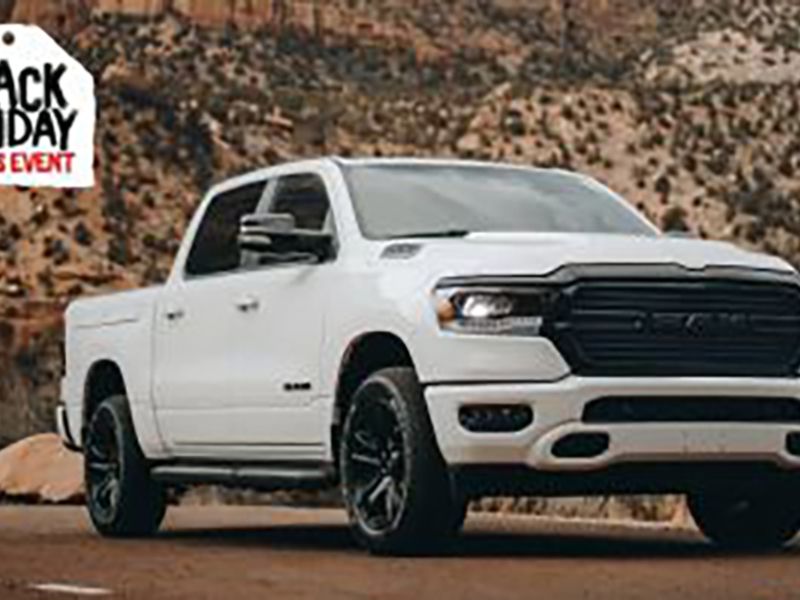
Like an Olympic high diver, the U.S. auto industry’s inventory and sales appear to have touched the bottom and look to be on their way back up.
The problem, though? The pool is deep, and there’s still a long way to rise back to where supply and demand reside in balance.
October’s seasonally adjusted, annualized rate of sales climbed to 13.1 million, Motor Intelligence said, up from the September depths of 12.38 million, but still well below April’s 18.5 million. The increase ended a five-month trend of declining SAARs driven almost entirely by the chip shortage that stymied factory output, frustrating retailers while consumer demand for new vehicles remained strong.
“If dealers had cars to sell last month, they sold them,” said Michelle Krebs, executive analyst for Cox Automotive. “In the early part of the month, things looked really grim; we thought it was going to end up with an 11 or 12 [million] SAAR for the month. But what we saw in the middle was that inventory picked up, and so did sales.”
The seven automakers that report monthly sales were down in October compared with last year, but the range of losses varied widely, largely because of inventory. Hyundai-Kia fared best, down just 0.4 percent, buoyed by strong year-over-year gains from Genesis, while Subaru of America dropped 40 percent from a year ago. Ford Motor Co. was the only other reporting automaker to keep its year-over-year losses to single digits as the Ford brand blew past Toyota to claim the title of bestselling brand in the month. Other automakers report their sales quarterly.
Bob Carter, head of sales for Toyota Motor North America — which is leading the U.S. market this year, despite a 29 percent drop last month — told Automotive News that the U.S. industry ended October with just about 920,000 vehicles in dealer stocks, or about half of where it stood a year earlier. At certain points in the month, he said, Toyota dealers had just a 3.3-day supply, “about half of which was still on the truck.”
“We’re still in an environment where consumer demand far exceeds what the supply is. Demand is there, and pent-up demand is building,” Carter said.
Tyson Jominy, vice president of data and analytics at J.D. Power, said while low inventories have been an issue for months, consumers have adjusted — buying used vehicles instead of new, or putting off a purchase. He said if microchips and other supply issues were immediately solved and dealership lots were magically restocked, the true SAAR “probably still remains over 17 million, and if we had all the vehicles that we wanted, we could be closer to 18 million, just because of all of the deferred sales that we’ve had.”
There are other signs that the industry may be coming off the bottom, including the first hints of increased incentive spending from certain brands and fuller inventories in some segments. This month, Jeep rolled out what it called a monthlong Black Friday deal on certain 2021 SUVs, offering deferred payments and/or 36-month or even 72-month interest-free loans, depending on location and vehicle. Other automakers also are offering subvented 0 percent loans or lucrative incentives to clear out remaining 2021 models.
“While overall average incentive spend is expected to continue to decline, the decline is not uniform across vehicle segments,” said Valeri Tompkins, senior vice president of OEM solutions at TrueCar. “Full-size pickup trucks are actually seeing a notable increase in finance offers which has helped drive that segment to almost 25 percent of new-vehicle sales, a dramatic increase from 15 percent back in May.”
Krebs said inventory and production levels will have an impact on mass-market and luxury sales for the rest of this year.
“Ford’s supply has grown since early August, and that’s resulted in much improved sales. We think Jeep and GM also improved sales, because their inventories are stabilizing,” she said, adding that among luxury brands, “Audi and BMW are better positioned than is Mercedes- Benz, but it will depend on supply.”
Carter predicted that while the SAAR may be rising as some inventory constraints ease, pent-up demand and supply issues will keep inventory levels extremely tight for a while. He also said consumers haven’t yet been dissuaded by a lack of incentives or by high prices because those issues have been largely masked by low interest rates and high trade-in values.
“When production normalizes, the industrywide inventory is so low that it’s going to take all year to really recover dealer inventory,” he said.